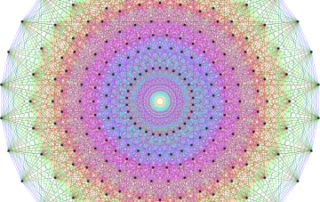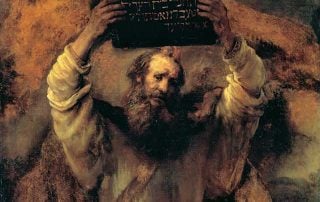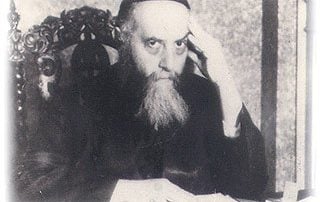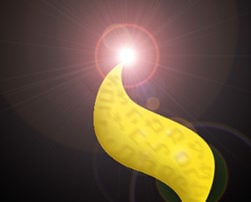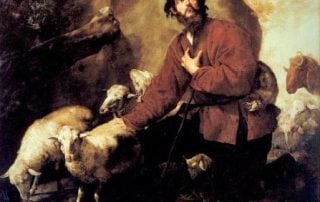Ten Sephirot and Special Relativity
The Special Theory of Relativity, published by Albert Einstein in 1905, was a game changer. It ushered the era of new physics dubbed by some as the “Jewish physics.” And Jewish physics it was. At the core of Special Relativity is the notion of the relativity of motion – all motion is not absolute, as Newton thought, but is relative to something else, to a particular point of view. In physics, we define a point of view as a frame of reference. If you are standing in a moving train, leaving the railroad platform, in your frame of reference (which is always at rest) the train is at rest relative to your frame of reference. The railroad platform, on the other hand, is moving with respect to your frame of reference. For someone [...]

